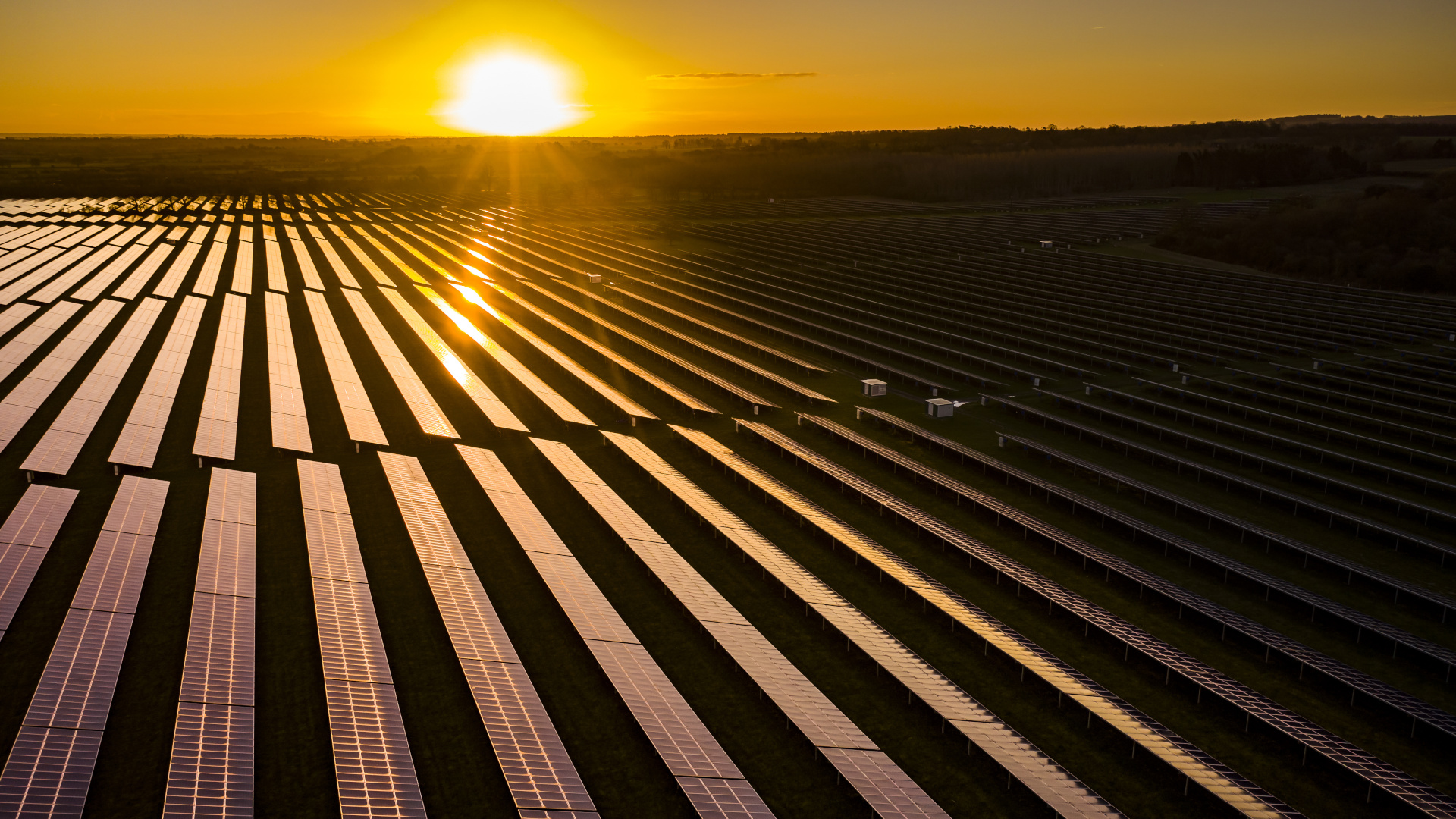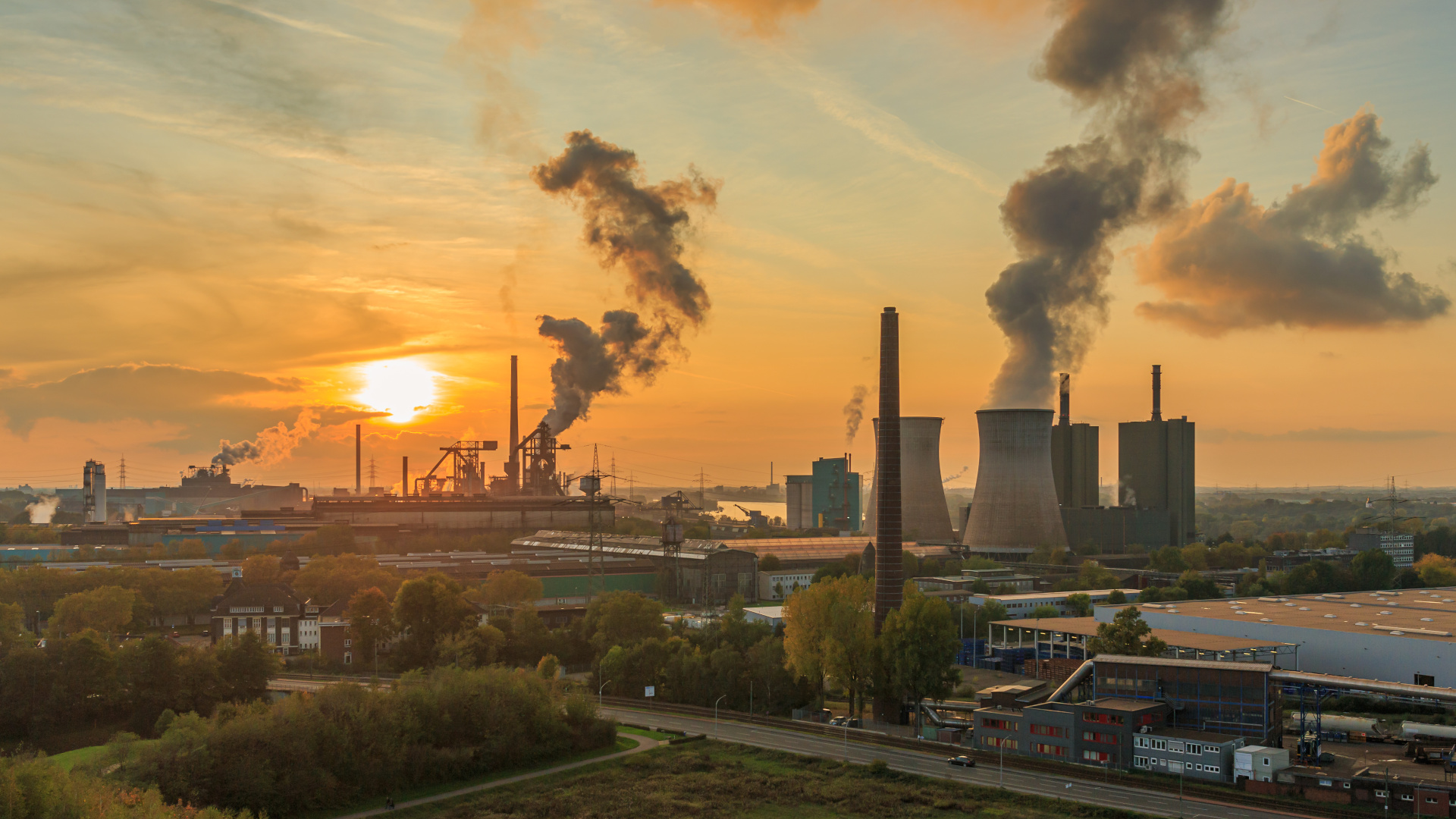We live in a different world. For the first time in history, all countries have agreed to take action on climate change.
The Paris Agreement, agreed on the 12th December 2015, finally gives targets and a framework for reducing greenhouse gas emissions by all countries. This has not been an easy task, it has taken 23 years of various negotiations, to the point where some would argue it is too late. But the agreement means it now may be possible to avoid dangerous climate change.
What does the agreement give? There is a target to keep global temperatures well below an increase of 2°C against pre-industrial temperatures by the year 2100, with an intention to increase less than 1.5°C. In 2015 the global average temperature reach 1°C higher than pre-industrial, so this is a hard target. However, any more and there is a significant threat of dangerous climate change.
The agreement also puts in place a transparent system to monitor countries’ plans and progression on reducing greenhouse gas emissions. Interestingly, the agreement also urges those countries who did not agree to the Kyoto Protocol and/or Doha Amendment to sign up now to those previous treaties, giving targets to all countries prior to 2020, although it does not force them to sign. Various measures are in place for technology transfer, financial support and adaption. It also requests the United Nations’ Intergovernmental Panel on Climate Change to produce a detailed scientific report on the impacts of global warming of 1.5°C above pre-industrial levels and related global greenhouse gas emission pathways.
However, there are problems, several of which were brought up by Paul Oquist, from the Nicaraguan Government. As acknowledged in the document, each country before the meeting submitted an Intended Nationally Determined Contributions (INDC), which is essentially a plan on how to make their contribution to reducing greenhouse gas emissions. The plans that were submitted will however lead to a 3°C rise in global temperatures, far too much compared with the 1.5°C which is needed to avoid dangerous climate change. A further issue which we note is that some countries, such as the UK, currently have energy policies which are damaging to renewable energy, and thus do not fit with the Paris Agreement.
Paul Oquist also highlighted his concern that with regard to financial compensation for loss and damage caused by climate change, paragraph 52 of the Paris Agreement effectively prevents countries from receiving financial compensation from larger polluters for the consequences of climate change. According to an interview on BBC News 24, this was apparently something the US, Europe and many other rich nations required.
52. Agrees that Article 8 of the Agreement does not involve or provide a basis for any liability or compensation
Despite all of this, the agreement finally makes a global commitment to fight climate change. In the words of Paul Bledsoe, former climate adviser to President Bill Clinton:
The agreement provides a road map, now we need to build the road.
Together, as a global community, we now need to build a low carbon society. The most important thing that the Paris Agreement does is finally give investors confidence in renewable energy, and in global government support, this opens the door to major investments in low carbon technology energy. In turn the agreement may also significantly increase the disinvestments in fossil fuels. The technologies to fight climate change exist; solar thermal, photovoltaics, concentrating solar power, hydro wind, CHP, biomass etc all work well, and they all are part of the large integrated solution that can remove fossil fuels from the energy sector. Already in the UK renewable electricity contributed 25% of electricity in the most recent quarter of 2015, we can go much further. Buildings waste too much energy, but buildings already exist that take in more CO2 than they emit though their lifetimes, this approach needs to become the norm not the exception. There are technology areas where we need more research, energy storage (be it batteries, hydrogen, algae biofuels etc) needs more work to ensure that we can have a 100% renewable energy grid. Whilst transport will also be able to hit zero emissions through future high energy density storage technologies, other industries will need carbon capture in order to continue. On a policy side, governments need to finally stop subsidising the fossil fuel industry, and at the very least provide renewable energy with the same level of subsidies as fossil fuels currently receive.
We believe that whilst the Paris Agreement does not go far enough, it will push the technologies far enough so that eventually we will no longer need a global agreement or targets, as energy efficiency and renewable energy makes far more sense than fossil fuels, both environmentally and economically.
Now the hard work begins.






